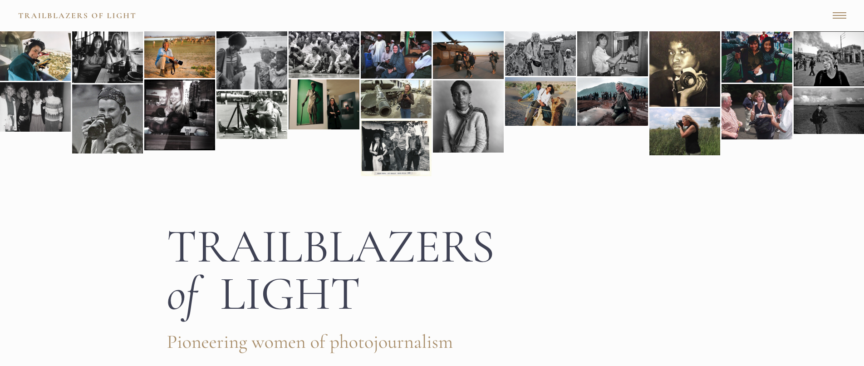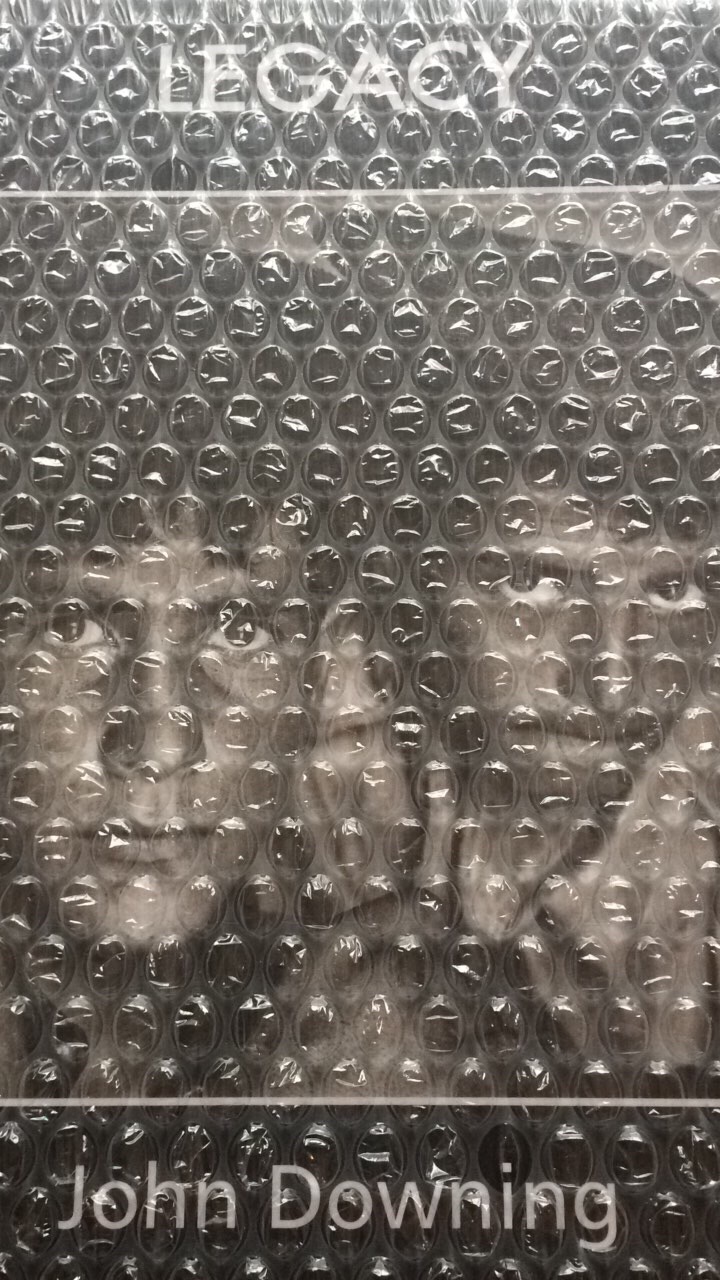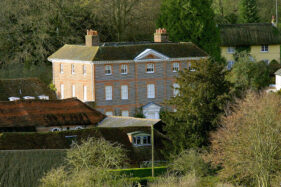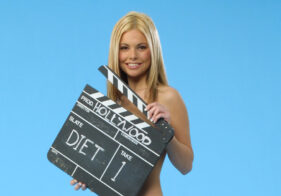Once in a while I need to step back from talking about my own work on this blog and take a look around at some of the other incredible work which exists out there.
That’s what I’m doing this week, having just stumbled across a new website which gathers together all the female photojournalists, from the inception of the genre to the present day, and presents them in a single website. The site in question https://trailblazersoflight.com/ is pretty large in itself, but then links off to external sites and articles about each photographer.
You can click on the name of any photographer within the huge list of names to see more about them. Where there is no standalone website representing the photographer, you’ll be taken to an article about them (New York Times seems to feature regularly here). Otherwise, you’ll be taken directly to the photographer’s website.
What strikes me is the sheer quantity of highly respected photojournalists listed. It doesn’t surprise me that they are women, but there are so many at all, and that so few are names I have ever come across previously.
I’ve bookmarked the site so I can work my way through photographer-by-photographer to learn about those photojournalists I’ve never heard of before, as well as to remind myself of the incredible work of those with whom I’m more familiar. Seeing the work of top operators of the field is one of my main sources of inspiration.
Of course the site is extremely important if we’re ever going to highlight the work of women in a male-dominated field, but I think it’s worth setting aside the female-centric focus and just wallowing in the sheer breadth, depth and quality of the work. It’s a shame that many of these names have faded from discussions about photojournalism, where perhaps the more macho side of reportage has taken precedence, but this project is a start in redressing the balance.
Perhaps what is more tragic is that as newspapers and magazines continue to die on their feet, and as shooting true photojournalism becomes ever more dangerous, opportunities for photojournalists of any gender are increasingly difficult to find and fund. I very much hope that female photojournalists will find greater equality with their male counterparts as well as an industry vibrant enough to make the future bright for such talent to flourish and to be recognised.
This is vital if women are to be inspired to take up this noble profession in decades to come, and I see sites such as Trailblazers of Light as an important force for such inspiration where other sources are struggling.




